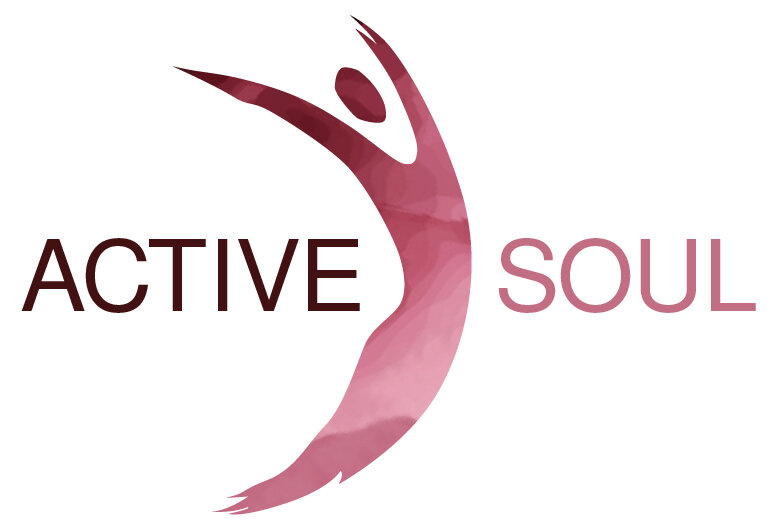What is abdominal separation?
Abdominal separation is very common in pregnancy although often Mums aren’t even aware of what this is, the impact this may have on everyday movement, let alone how to strengthen or encourage this to heal. Having a better understanding of your abdominal wall and the shift through pregnancy will help rectify this.
You have 4 layers of abdominal muscles; your rectus abdominus (or 6 pack at the front), your inner and outer obliques and your transverse abdominus that run horizontally from front to back and work like a corset to support your spine.
Through pregnancy, our abdominal muscles stretch to allow room for the baby to grow and sometimes get to a point where they can’t stretch any further. The linea alba (or connective tissue down the middle) – is where this separation or diastasis can occur. This is really normal but it is important to understand not just the width or depth of the separation but your abdominal control and how to move safely with it.
The best way to heal your diastasis is to do your essential core breath work daily to strengthen your abdominal wall once again. This takes time to rebuild from the inside out and you need to be mindful not to do any movements or exercises that require flexion / extension. Situps, crunches etc make this worse and this is something to be mindful of in everyday life also (sitting up from breastfeeding, getting out of bed etc)
Activate your Transverse Abdominus by following these tips;
Inhale for the count of 4 and on a longer exhale of 8 counts; activate holding your TA by drawing the skin from your knicker line through to your tail bone.
Hold for a few seconds and then release with control until fully relaxed.
An alternative cue is to visualise your hip bones gliding together. Whatever cue works for you; you should feel a slight tightening between your two hip bones as you activate this muscle. Complete a few breaths a couple of times a day (easily done while breastfeeding or sitting at traffic lights if that works as a good reminder for you)
It is important that you ask your LMC, doctor, Woman’s Health Physio or personal trainer to check you for this before you return to exercise. This will ensure you know exactly where your body is at and how best to move safely as a result.

